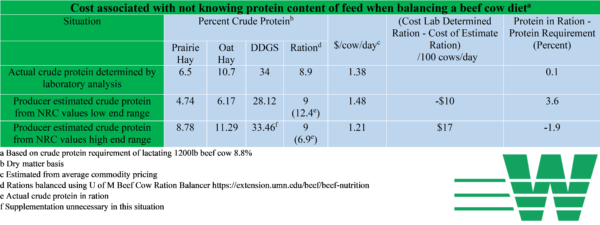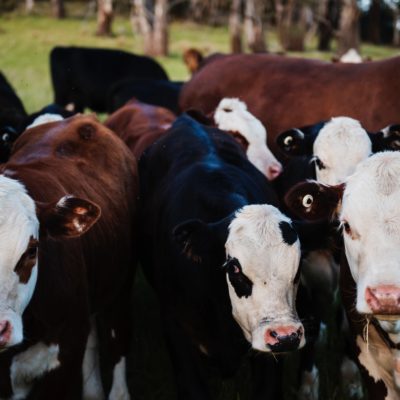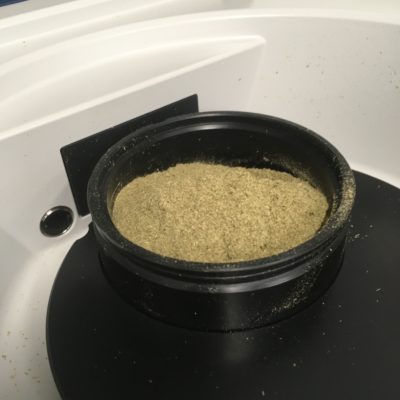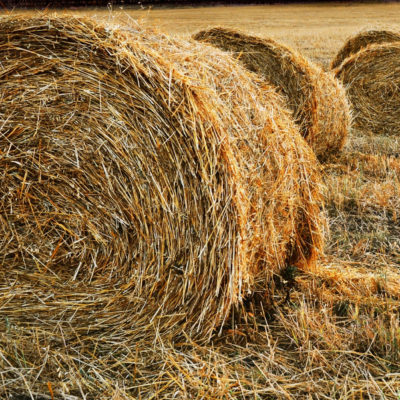Surveying the financial horizon may lead some cow/calf producers to determine feed analysis is an unnecessary cost. However, upon closer examination there is value in feed testing. Let’s see how knowing the actual protein content of feed-stuffs can pay off in just 1 week.
The cost of the the feed and the analysis
Of course the cost of various feeds are variable and depend upon factors such as region, markets, and quality. For this example we made several assumptions based on average pricing for Nebraska feeds and forages. We assumed we were trying to create a ration using oat hay, prairie hay and dry distillers grains plus solubles (DDGS). Then we assumed the following prices respectively, $85/ton, $80/ton and $130/ton. If you are raising your own forage, consider the cost of harvest and storage. If you are operating a grazing system consider pasture rent.
So, assuming these three feeds, the cost of analysis at Ward Laboratories, INC is as follows: 2 NIRS Forage Analysis at $18 per sample and 1 crude protein analysis at $13 per sample. The total cost of feed analysis in this scenario is $49.
Why not just guess?
As the old saying goes, “Unless you test it’s just a guess.” So, what’s wrong with an educated guess based on book values? I mean they come from reputable sources, the National Research Council, State Extension Offices, and Land Grant Universities. Under estimation of protein in the feed results in over feeding animals and monetary losses through extra feed costs. Over estimation of protein results in under feeding animals. While saving feed costs, animal production performance is sacrificed and potential health issues may ensue.
Let’s take a look at the numbers. The table below show what happens when a diet is balanced with lab determined protein values, under estimation of protein values and over estimation of protein values.

When protein value of feed is over estimated
The animal is fed 3.6% more protein than required. Therefore, the cost of the excess feed is lost profit. According to the table the extra cost of feed is $10 per day per 100 cows. That adds up. Over a 60 day feeding period that’s $600! $600 minus the cost of feed testing is a loss of $750. Proving, there is value in feed testing.
When the protein value of feed is under estimated
The animal is underfed and requires approximately 2% more protein in the diet. Over time this will result in a lower body condition score. For a beef cow this can affect pregnancy rates, calving rates and milk production. Reduced production performance ultimately costs the operation money.
Value in Feed Testing
In conclusion, when in a financial pinch don’t cut out feed analysis. Ward Laboratories, INC. is here to provide feed and forage testing services that can result in economic gains when used to precisely formulate animal diets.




